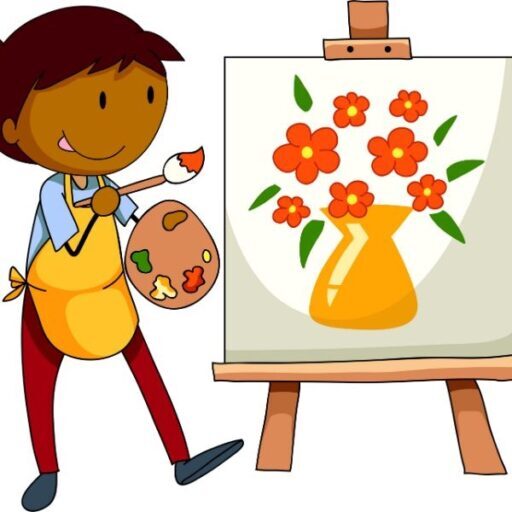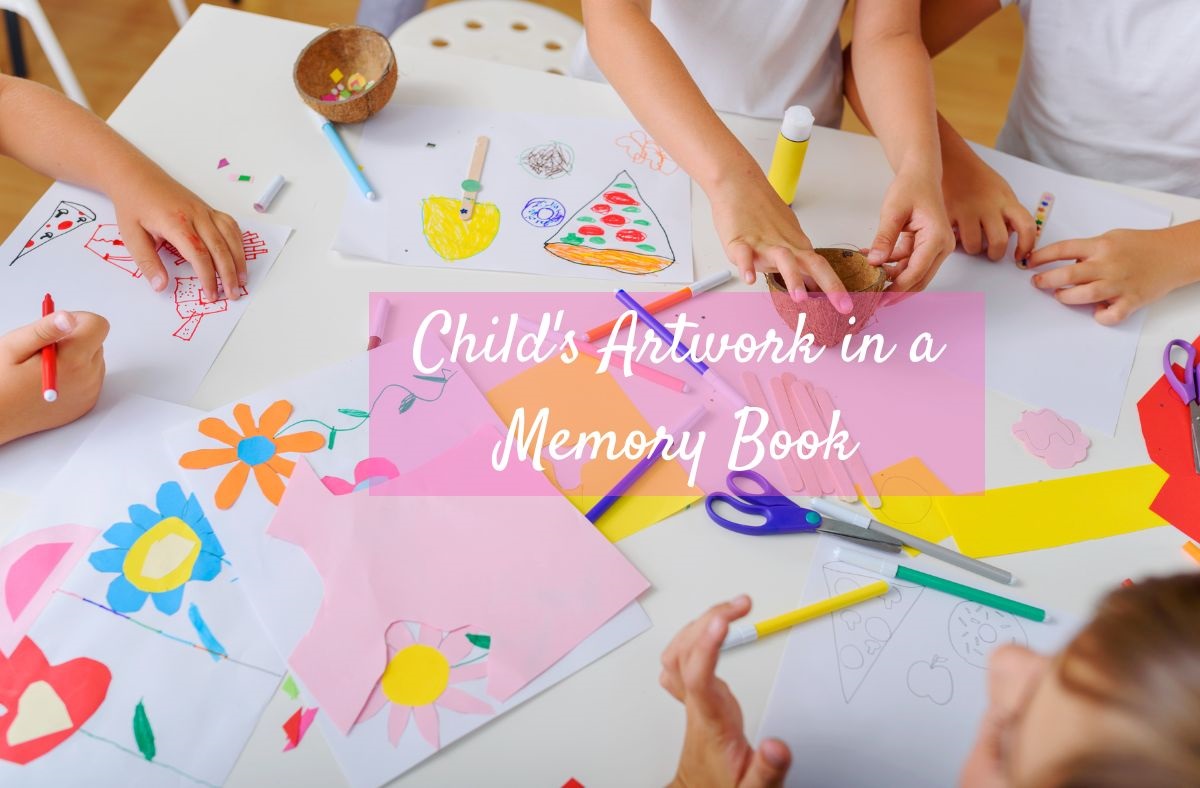We treasure every significant event and milestone in our child’s life as parents. Their artwork is one of the most enjoyable and expressive products of their creativity.
Their works, which range from vibrant drawings to creative crafts, have sentimental worth and should be treasured.
However, it can be difficult to keep things all organized when there are so many creative projects.
That is when a memory book is practical!
We have listed some steps for making a memory book so you can preserve your child’s artwork and have a treasured souvenir for years to come.
Assemble the Art: Gather all of your child’s artwork, including their collages, paintings, drawings, and other works of art.
Sort through the pieces and pick the ones that are most meaningful to you or illustrate your artistic development.
Arrange the Art According to a Theme: Sort and arrange the artwork according to topics or time periods.
You might decide to group it according to age, academic year, or particular types of art.
After this sorting procedure, it will be simpler to assemble a coherent and aesthetically pleasing memory book.
Choose a Memory Book: Decide whether to use a memory book or an art portfolio based on your choices and requirements.
To ensure the long-term preservation of the artwork, choose one with acid-free pages.
Consider a book with expanding pockets or pages you can take out for more versatility.
Protect and Preserve: Consider using archival sheet protectors or clear plastic sleeves to protect the artwork.
The sleeve shields the artwork inside the memory book from handling, dust, and moisture damage, assuring its durability.
Add Captions and Descriptions: You will want to do this to make each piece of artwork in the memory book more appealing.
Include information about the piece’s creation date, medium, and any unique memories connected to it.
These annotations give the book context and heighten its significance.
Create Montages and Collages: If your child produces a lot of miniature artwork, consider incorporating montages or collages into the memory book.
Create a unified and aesthetically pleasing composition by positioning and adhering tiny parts to a bigger page.
Include Pictures and Memorabilia: Include pictures of your youngster working on a project or posing with their artwork.
You can also add mementos to the memory book, such as tickets to events, certificates, or letters they’ve received.
Record Your Child’s Milestones: Record your child’s artistic achievements by highlighting significant turning points in their development.
This can be their first drawing, a self-portrait, or a work that garnered praise or attention.
Exhibiting these turning points, you may see how their artistic abilities have grown and developed.
Get Your Child Involved: Get your child involved in making their memory book.
Allow them to select the artwork they want or ask for assistance with the layout and arrangement.
Their participation encourages a sense of ownership and allows them to evaluate their artistic development.
Make It a Group Activity: Consider making the memory book a group activity.
Invite loved ones to submit notes, compliments, or little works of art.
This enhances the memory book and gives it a unique feel.
Conclusion:
Compiling a memory book of their artwork is a lovely method to preserve your child’s artistic development and highlight their talent.
You can make a treasured memory that honors their artistic development by arranging, safeguarding, and adding special touches.
To help your child feel ownership and pride, remember to involve them in the process and make it a team effort.
In the years to come, you will be taken back to the happy occasions and artistic turning points that formed their childhood as you leaf through the memory book together.

